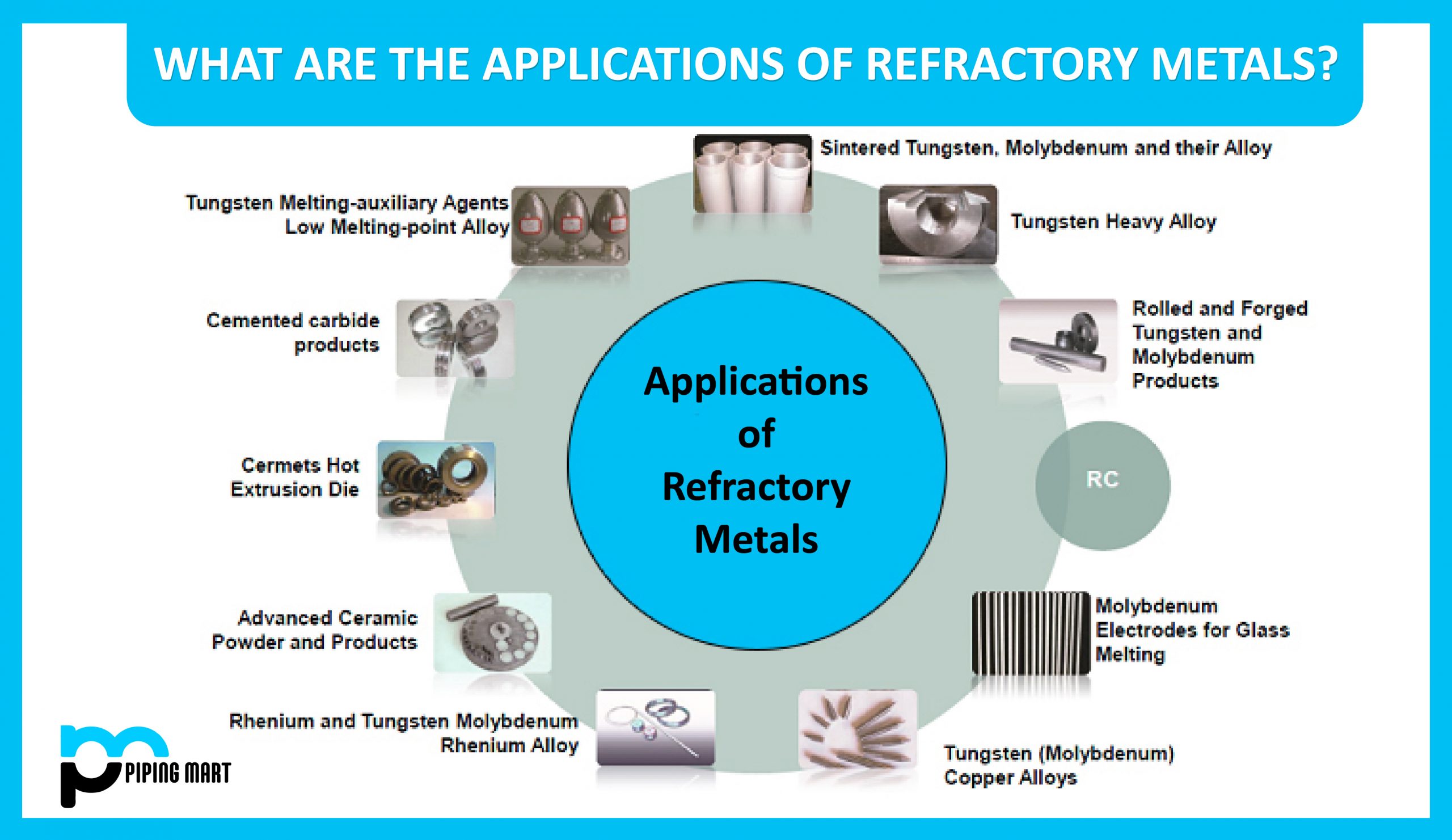Low alloy steels have a small number of alloy elements, whereas high alloy steels have a large number of alloy elements. In most cases, alloy elements are added to increase the steel’s hardness and endurance. Due to the inclusion of significant levels of additional elements such as chromium, alloy steel is also corrosion-resistant. Low alloy steels are typically weldable, but the service, joint arrangement, and subgroup of the material type must all be known. Most methods may be used to weld low alloy steels as long as proper care is taken to avoid flaws. It’s critical to know the material’s composition, whether from a mill sheet or a specialist chemical study because the composition has a substantial impact on weldability.
The carbon percentage of high carbon steel, often known as tool steel, ranges from 0.60 percent to 1.70 percent. It can be quenched and tempered, but its weldability is weak. The higher the carbon concentration, the more the heat-affected zone hardens, the more cold cracking occurs, and the poorer the weldability becomes. Although, Low alloy steels become increasingly difficult to weld when the heat-affected zone hardness rises with increasing carbon or alloy concentration.
Carbon steel is a broad category of steel with a wide range of chemical compositions. Although carbon steel is primarily constituted of iron, there are various additional factors that may be added to it (for example, the quantity of carbon) that can have a significant impact on its weldability. When working on a project that involves welding, it’s critical to know what sort of carbon steel is being used. Weld failure can occur if important variables, such as additional components or the carbon content range in each grade, are unknown.
Conclusion:
The composition of elements in steel varies depending on the kind of steel. As a result, steels are classified mostly based on their chemical makeup. There are two types of steel: alloy steel and carbon steel. The fundamental distinction between alloy steel and carbon steel is that alloy steel contains a lot of other elements than iron and carbon, whereas carbon steel has only tiny quantities of other components.

Pipingmart is B2B portal specializes in industrial, metal and piping products. Also, share latest information and news related to products, materials and different types grades to help business dealing in this industry.




